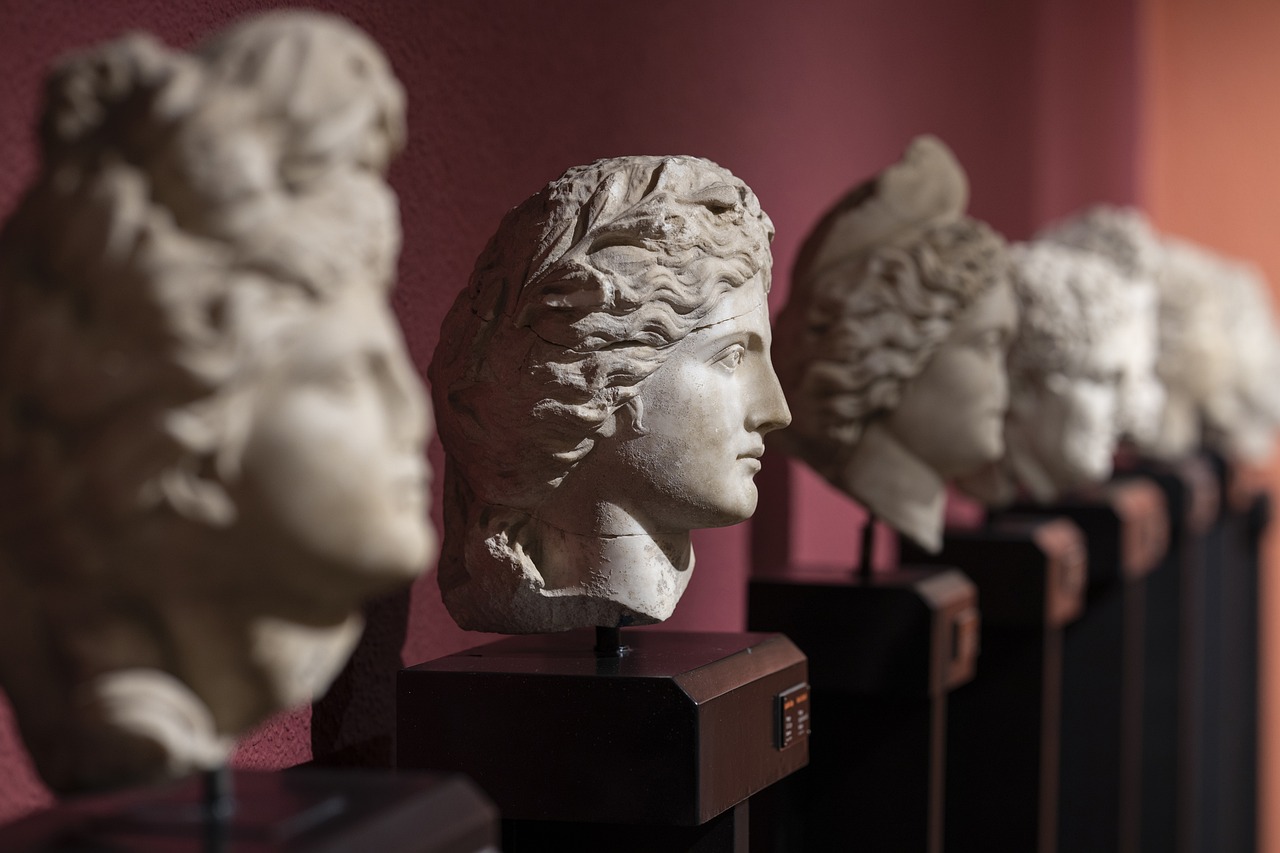Greek mythology consists of a vast collection of tales that explore the gods, heroes, and rituals of ancient Greece and its classical heritage. Although philosophers such as Plato acknowledged the fictional elements within these myths as early as the 5th–4th century BCE, the myths themselves were generally perceived as true by the majority of the populace. The allure of Greek mythology has substantially influenced Western art and literature, inheriting much of the culture from ancient Greece.
Throughout history, the creation of myths has been a universal trait among various cultures, each seeking to explain natural phenomena, recount legendary actions of deities and heroes, or validate societal structures. Nevertheless, the myths of the Greeks stand out as unmatched contributors to the imagination and creativity of the Western world. This tradition has inspired poets and artists across different eras, finding ongoing relevance in contemporary interpretations of classical narrative themes.
Origins of Myths: Literary and Archaeological
The Homeric epics, namely the “Iliad” and the “Odyssey,” are critical texts in Greek mythology. The renowned historian Herodotus noted in the 5th century BCE that Homer and Hesiod were instrumental in shaping the characteristics of the Olympian gods. Although today’s readers might not view this notion literally, these texts demand that audiences possess a foundational understanding of existing myths.
For instance, when reading about Apollo in the “Iliad,” it is expected that the audience recognizes his lineage as the son of Zeus and Leto. Myths were taken seriously by many Greeks, and figures like Pindar and the Stoics treated them as deserving of reverent interpretation or allegory.
The Works of Hesiod: Important Texts
Hesiod’s influential “Theogony,” dating back to around 700 BCE, is perhaps the most detailed source of myth regarding the origins of the gods. This work presents intricate genealogies accompanied by folk narratives and etiological myths. “Works and Days” delivers a different focus, detailing agricultural practices alongside themes of justice, portrayed as advice from Hesiod to his possibly fictional brother, Perses.
While traditionally viewed as separate in themes, some interpretations position Hesiod’s two works as interdependent, with “Theogony” outlining the gods’ identities and relationships, while “Works and Days” advises readers on navigating a perilous world, emphasizing justice as a potentially reliable approach.
Other Literary Influences
Numerous post-Homeric literary fragments have continued the narrative of the Trojan War—a story initially signified in the “Iliad” and “Odyssey.” The “Homeric Hymns” contain invaluable religious myths, while various lyric poets captured and refined these narratives. Pindar’s odes are particularly notable for their rich mythological content. The three prominent tragedians—Aeschylus, Sophocles, and Euripides—from the 5th century BCE contributed significantly to the variety of traditions preserved through their dramatic works.
Hellenistic and Roman Contributions
During Hellenistic times, figures like Callimachus and the mythographer Euhemerus contributed to the expansion of mythological narratives, with the latter proposing that the gods were once human—a theory known as Euhemerism. In the Roman era, scholars such as Strabo and writers like Plutarch and Pausanias further documented these myths, with the Latin Genealogies of Hyginus providing additional insights.
Archaeological Findings
The unveiling of the Mycenaean and Minoan civilizations, brought to light by archaeologists such as Heinrich Schliemann and Sir Arthur Evans, has played a pivotal role in understanding the origins of myths and rituals within Greek culture. Discoveries from these civilizations, which date from 2200 to 1450 BCE for Minoan culture, and 1600 to 1200 BCE for Mycenaean culture, bridge gaps in the historical narrative of Greek mythology.
Artifacts from these sites, including geometric pottery from the 8th century BCE, showcase scenes from mythical cycles, including the Trojan War and the tales of Heracles. However, due to the formal nature of such styles and the absence of accompanying inscriptions, scholars often face challenges in precise identification and interpretation of these mythological themes.
As the Archaic, Classical, and Hellenistic periods progressed, ancient mythological depictions continued to emerge, enriching the literary narratives and providing a profound connection to earlier traditions.



